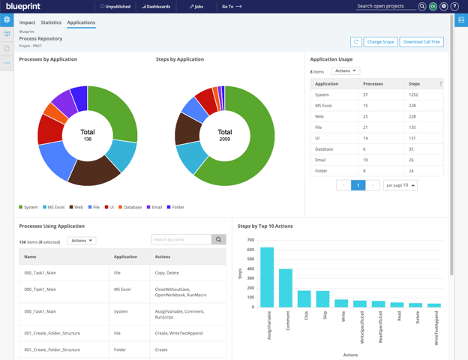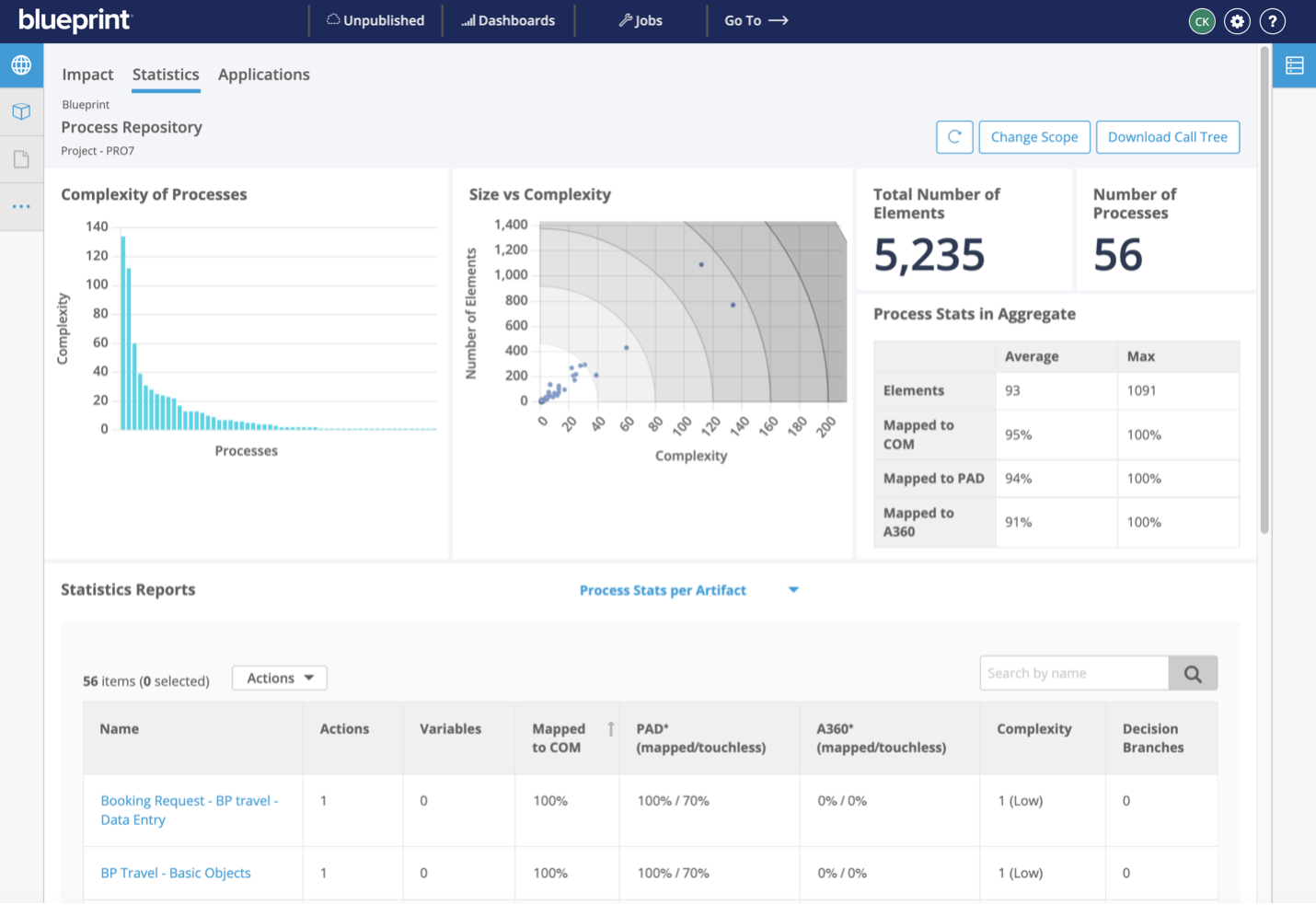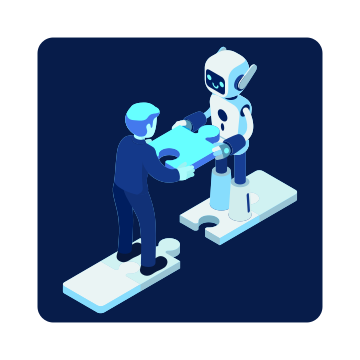Why Assessing Your Automation Estate Makes Sense Even if You Decide Not to Migrate
There are a host of organizations looking to switch RPA platforms. The motivation stems from leaving legacy automation tools for next-generation platforms that offer a lower cost of ownership, better capabilities, and improved compatibility with enterprise architecture that enables automation delivery at scale and speed.
One challenge that organizations encounter in their search and evaluation of new RPA solutions to migrate to is the cost and effort of switching. In some cases, it proves to be such a barrier that organizations scrap their prospective migration projects and delay a switch for another time in the future.
Assessing automation estates with a value map assessment should be the first step of any automation or re-platforming initiative, but companies that decide against migrating to a new RPA tool will forego it altogether. This is why automation assessments make sense and are in your best interest whether you decide to migrate to a new RPA tool or not.
Understand what you have in your automation estate
One challenge that so many organizations are currently facing is that they don’t fully know what they have in their automation estates. This common circumstance is simply a by-product of technical evolution that happens so often with enterprise software segments.
Most automation journeys began years ago on legacy RPA platforms. The people that implemented, developed, and deployed automation throughout RPA’s have mostly transitioned to other roles and organizations as a consequence of natural turnover and taken all that knowledge with them. Any documentation – if there was any – is now either inaccurate or lost in the annals of shared folders.
Therefore, a lot of organizations don’t really know all the automations they have in production, meaning it’s almost certain that there are redundant automations and definitely automated processes draining resources without delivering relevant business value.
A value map assessment would reveal all the automations you have in production so you can finally see with clarity what you actually have in your automation estate, whether you decide to migrate or not.
Remove the redundancies and inefficiencies in your automation estate
From the automation assessments and value maps that Blueprint has performed to date, we’ve found that on average, 30% of automation estates are redundant. There are processes or components of automated processes doing the same thing.

If it costs $1,000,000 to maintain your current automation, that’s $300,000 in possible waste that you could be saving and contributing to your bottom line.
Even if you’re no longer interested in switching RPA platforms to a next-gen tool, a value map assessment could uncover waste and redundancy in your estate that you could easily clear out to reduce operational expenses and increase ROI.
Optimize your automation estate
An automation assessment provides invaluable insight into your entire automation estate. With the right support and technology, you see how complex your processes are, how many applications your automations interact with, as well as the number of actions, variables, and decision branches of each process.

This insight enables you to determine where there is unnecessary complexity in your automation estate which increases risk and the outages downstream. An automation assessment helps you remove those complexities to make your entire practice much more efficient and resilient.
Evaluate the feasibility of an RPA migration and make an informed decision
A thorough automation assessment unveils the feasibility of RPA migrations across various venders, and this is one area where Blueprint shines.
When you ingest your automation estate into Blueprint, you will instantly see how much of that estate has already been automatically mapped to next-generation automation platforms like Microsoft Power Automate.
Besides delivering all the analytics and insight mentioned above, Blueprint also automatically converts and maps your automated processes across multiple destination RPA platforms and provides percentages at both the process and estate level, enabling you to visualize which new RPA platform would require the least amount of effort to switch to, whether you want to do so in the near-term or sometime further down the line.

Making the most informed decision for a project of such significant scale has never been easier. If you’re interested about learning more on Blueprint’s Value Map Assessments and all the results and insight you can expect, download the datasheet.
Share this
Recent Stories

What is an RPA Estate Scan: Everything You Need to Know

Rethinking RPA Migration: Smarter Moves, Less Rework, Better Outcomes





